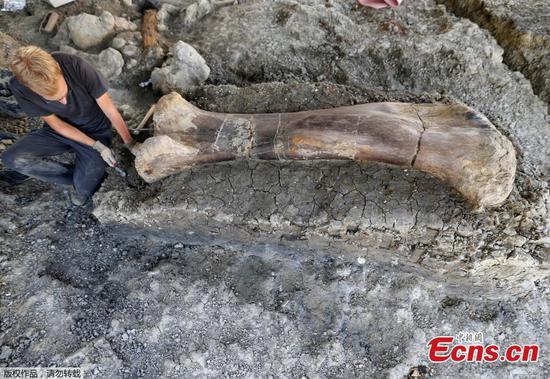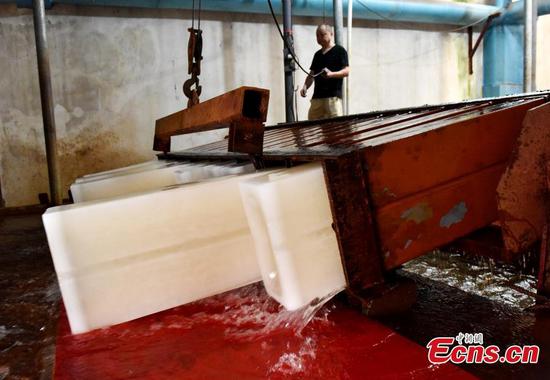
An apartment rented through online long-term rental apartment operator Ziroom. [Photo/Ziroom]
Indoor air pollution is still very serious in many rural areas in China-despite the general improvement in outdoor air quality across China in recent years-and more effort is needed to promote the use of clean fuel, a top environmental scientist said.
Compared with outdoor air quality, the public has generally ignored air quality indoors, which is more important to people's health as people spend most of their time indoors, said Tao Shu, a member of the Chinese Academy of Sciences.
"National surveys show most people spend more than 22 hours a day indoors," said Tao, who is also an environmental professor at Peking University. "So, by solving outdoor air pollution, we have only solved a small part of the whole problem of air pollution."
Compared with urban residents, who may also suffer indoor air pollution due to excessive levels of toxic substances such as formaldehyde emitted after home renovations, many rural residents in China face more serious indoor air pollution due to a lack of clean fuel, he said.
"In rural areas, especially in the less developed northwest, southwest and northeast regions, many people still use wood and straw for cooking and heating," he said. "In North China, coal is still commonly used in houses in rural areas for such purposes.
"Burning such materials can release a lot of PM2.5, which causes very serious harm to health."
Many rural residents are not even aware of such harm and do not know how to protect themselves, he added.
Despite promotion of the use of clean fuels such as electricity and natural gas across China in recent years, about 30 percent of households in rural areas still used solid fuel such as straw or coal for cooking and heating in 2017, he said.
Outdoor air quality has improved across China in recent years due to pollution control efforts. Between 2013 and 2017, the average density of PM2.5 in China decreased by 14 percent, he said, citing the latest study by the academy.
With the ongoing emission reduction efforts, it is estimated that at least 95 percent of cities in China can achieve the target of reducing PM2.5 concentration to 35 micrograms per cubic meter by 2035, he said.
Last year, the average concentration of PM2.5 in 338 major cities in China was 39 mcg per cubic meter, a decrease of 9.3 percent year-on-year, according to the Ministry of Ecology and Environment.
Reducing indoor air pollution has also been put high on the government's agenda. In a national health promotion plan released by the National Health Commission earlier this month, the commission called on the public to pay attention to indoor air pollution and take measures such as using green materials when renovating buildings, using clean fuels for cooking and heating and installing air purification systems if possible in times of serious outdoor air pollution.
Cui Gang, a disease control and prevention official at the commission, said the commission has intensified monitoring of air pollution-especially the concentration of PM2.5-and research on its relation to health in recent years. The commission will conduct health-risk evaluations to provide a basis for improving health strategies and policies, he said.


















































